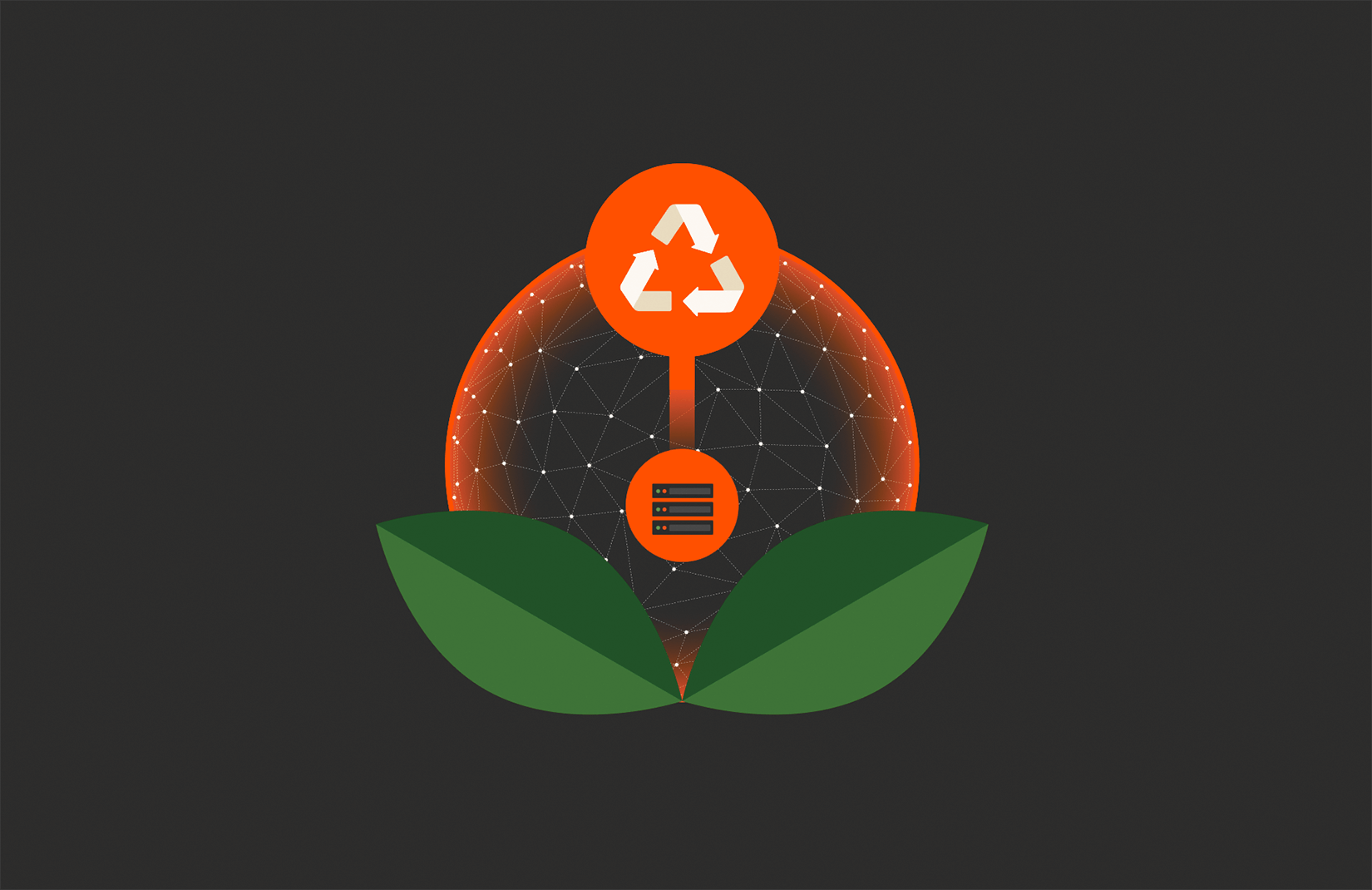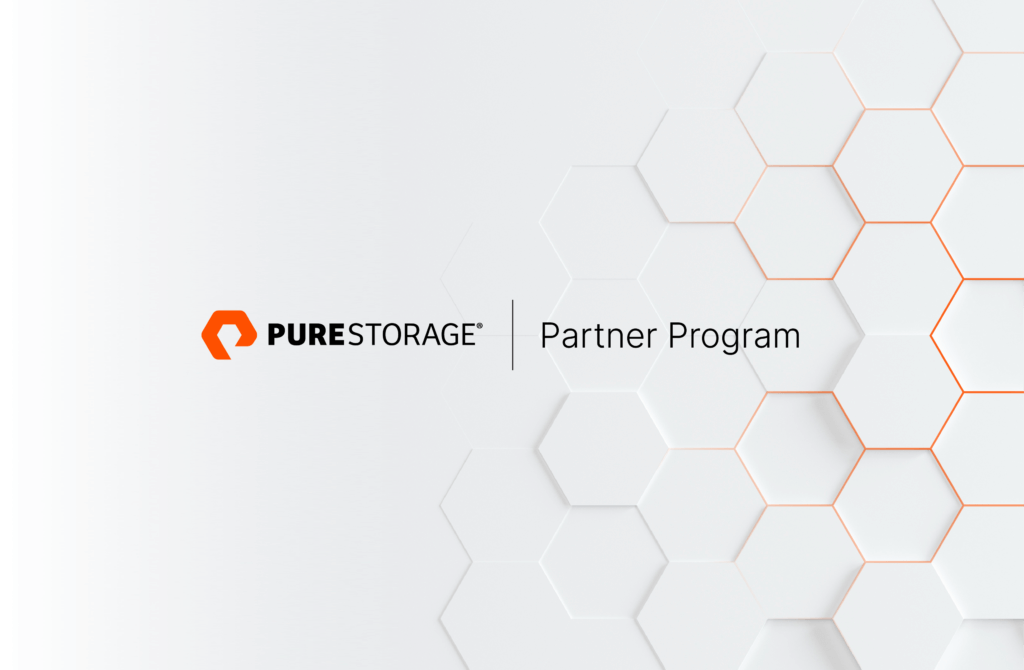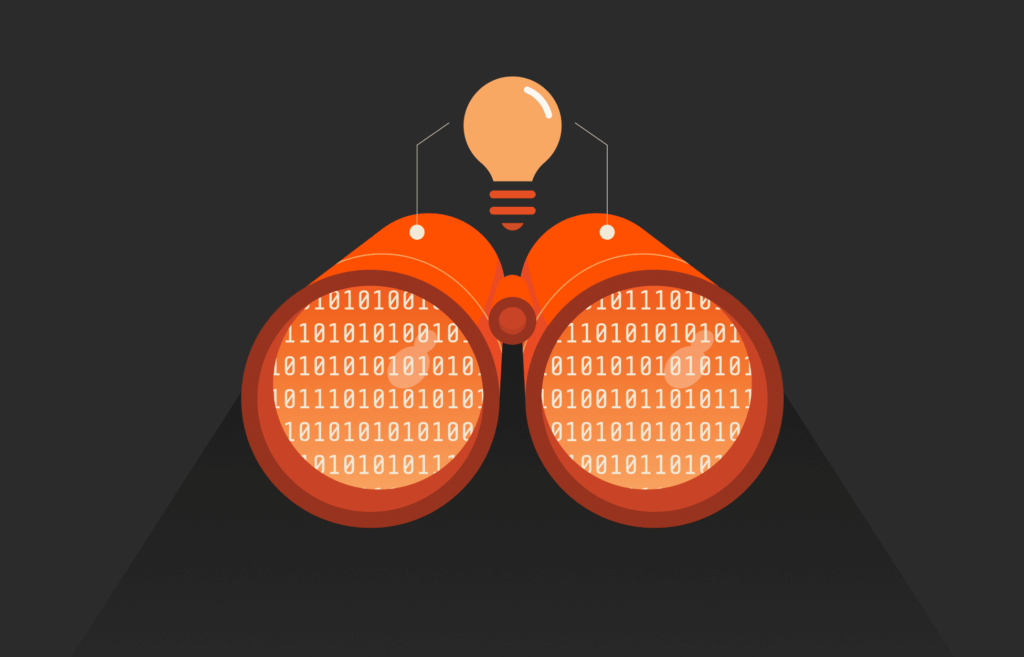요약
The federal government is the United States’ largest energy consumer. Pure Storage is committed to building a more sustainable future and our solutions play a crucial role in helping the government achieve its climate goals.
기술 리더들은 지속가능성 문제를 해결하면서 혁신을 우선하고자 하는 이중 과제에 직면해 있습니다. 정부 기관이 효율성과 현대화를 위해 첨단 기술에 점점 더 의존함에 따라 발생하는 환경적 영향도 간과할 수 없는 상황입니다.
데이터센터의 에너지 소비 절감부터 친환경 조달 전략 도입에 이르기까지, 정부의 지속가능성은 더 이상 단순한 환경적 목표가 아니라 장기적인 운영 성공의 핵심입니다. 미국의 경우, 미국 최대의 에너지 소비자로서 연방 정부는 이 분야를 선도할 수 있는 독보적인 위치에서 미래 세대를 위해 지속가능성을 지원하고 있습니다.
데이터 증가의 환경 비용
디지털 기술의 지속적인 발전으로 데이터가 급증하고 있습니다. 이러한 기술 및 데이터 생성의 급증에는 환경적 비용이 따릅니다. 2026년까지 전 세계 데이터 생성량은 2022년 97제타바이트에서 181제타바이트로 두 배 가까이 증가(영문자료)하여 지난 10년간의 증가율을 훨씬 뛰어넘을 것으로 예상됩니다.
급격한 데이터 확장은 에너지 수요와 리소스 사용량을 크게 증가시켜, 데이터센터의 지속가능성을 단순히 달성하고자 하는 목표가 아닌 필수 요소로 만들 것입니다.
도전 과제: 연방 규모의 지속가능성
미국 연방 정부는 미국에서 가장 큰 에너지 소비자(영문자료)로, 30만 개(영문자료)가 넘는 에너지 소비 건물을 보유하고 있습니다. 건물과 시설에서 사용되는 에너지는 연방정부의 전체 현장 공급 에너지 사용량의 약 40%(영문자료)를 차지합니다. 따라서 지속가능성이 미국 정부에서 지속적으로 중요한 요소가 되는 것은 당연한 일입니다.
‘연방 지속가능성을 통한 청정에너지 산업 및 일자리 활성화’에 관한 바이든 대통령의 행정명령(EO, 영문자료)은 연방정부를 지속가능성 분야의 리더로 다시 자리매김하기 위해 발표되었습니다. 행정명령은 연방 지속가능성 계획(영문자료)과 함께 2030년까지 미국의 순 온실가스 배출량을 2005년 수준보다 50~52% 감축한다는 목표를 제시하고 있습니다.
행정명령은 연방정부 운영 전반에 걸쳐 배출량을 줄이고, 미국의 청정에너지 산업과 제조업에 투자하며, 깨끗하고 건강하며 회복력 있는 커뮤니티를 조성하는 것을 목표로 합니다. 해당 행정명령은 연방정부가 ‘기후 위기 대응에 모범을 보이고’, ‘규모와 조달력’을 활용하여 여러 목표를 달성하도록 방향을 제시합니다. 그 중에는 2045년까지 연방 건물 넷제로 달성 및 2032년까지 온실가스 배출 50% 감축이 포함됩니다. 연방 지속가능성 계획은 2050년까지 전체 연방정부 운영 넷제로 달성 및 2030년까지 배출량 65%를 감축한다는 목표를 제시합니다.
기회: 에너지 효율적인 데이터센터
데이터센터는 에너지와 비용을 절감할 수 있는 중요한 기회를 제공하며, 이러한 잠재력은 계속 확대될 것입니다. 미국 연방정부가 계속해서 레거시 IT를 현대화하고 클라우드 컴퓨팅을 수용함에 따라 수요는 증가할 것으로 예상됩니다. 또한 인공지능(AI)의 빠른 확장은 데이터 증가를 가속화하여 데이터센터와 에너지 소비에 대한 부담을 더욱 가중시키고 있습니다. AI의 발전으로 데이터센터 전력 수요가 160%(영문자료) 급증할 것으로 전망됩니다.
미국 에너지부(DOE)에 따르면 데이터센터는 가장 에너지 집약적인 건물 유형 중 하나로, 일반 상업용 사무실 건물에 비해 바닥 면적당 10~50배(영문자료)의 에너지를 더 소비하여 미국 전체 전력 사용량의 약 2%(영문자료)를 차지합니다.
기후 목표 달성을 위한 연방정부와의 파트너십
미국 연방정부에 납품하는 기업은 연방정부의 기후 목표 달성을 돕는 중요한 파트너입니다. 연방정부의 조달력을 통한 탄소 배출량 감축에는 탄소 발자국이 적은 자재 구매가 포함됩니다. 이를 달성하기 위해 행정명령은 지속 가능한 제품을 우선적으로 구매한다는 추가 목표를 설정했습니다.
z2024년 8월, 퓨어스토리지는 세 번째 환경, 사회, 거버넌스(ESG) 보고서(영문자료)를 발표했습니다. ESG 관점에서 퓨어스토리지에게 가장 중요한 것은 고객이 에너지 발자국을 줄이고 환경 지속가능성 목표를 달성할 수 있도록 지원하는 것입니다. 예를 들어, 판매된 제품의 유효 페타바이트당 탄소 배출량을 52% 감축하여 2030년까지 66% 감축이라는 목표를 향해 노력하고 있습니다.
지속가능한 제품 개발을 위해 최선을 다하는 퓨어스토리지
기후 변화에 대한 전 세계적인 관심은 수백만 개 조직의 경영진에게까지 영향을 미쳤습니다. 지구 온난화와 기후 변화로 인한 최악의 영향을 완화하려면 지속가능한 기술 인프라를 구축해야 합니다. 퓨어스토리지는 지속가능성을 기술, 운영, 인력의 필수 요소로 여기며, 고객이 환경 발자국을 획기적으로 줄일 수 있는 제품을 설계 및 구축하고 서비스를 제공함으로써 이 분야를 선도하고 있습니다.
퓨어스토리지의 환경적 이점
퓨어스토리지는 정부 기관이 장기적인 데이터 스토리지 계획의 불확실성과 필요성을 제거하여 지속가능한 성과를 달성하고 리스크를 완화할 수 있도록 지원합니다. 퓨어스토리지 플랫폼과 서비스형 스토리지 제품인 에버그린//원(Evergreen//One)은 공동 엔지니어링된 하드웨어와 공통 운영체제를 활용하여 더 적은 수의 미디어와 더 적은 하드웨어로 높은 효율성, 밀도 및 성능을 달성함으로써 지속 가능한 결과를 제공합니다. 그 결과 랙 공간과 전력 소비가 줄어들어 고객에게 에너지, 공간, 전자 폐기물 절감이라는 세 가지 주요 지속가능한 결과를 제공합니다. 퓨어스토리지 제품은 경쟁사 솔루션 대비 3분의 1 수준으로 적은 전자 폐기물(영문자료)을 생성합니다.
퓨리티(Purity) 운영 체제와 다이렉트플래시(DirectFlash) 기술을 기반으로 하는 퓨어스토리지 제품은 탁월한 에너지 및 공간 효율성을 위해 설계되었습니다. 경쟁사 솔루션의 5분의 1에 불과한 에너지와 상면 공간을 사용하며, 제품 사용으로 인한 탄소 배출량을 최대 85%까지 절감할 수 있습니다. 스토리지는 전체 데이터센터 에너지의 20~25%를 소비하므로, 이러한 절감 효과를 통해 데이터센터 에너지 사용량과 배출량을 전체적으로 최대 20%까지 줄일 수 있습니다. 또한, 퓨어스토리지 제품은 전력 소비를 줄임으로써 물 집약적인 에너지 생산 및 냉각 시스템에 대한 수요를 줄여, 경쟁사 대비 물에 미치는 영향을 5배까지 최소화합니다.
퓨어스토리지의 지속가능한 플랫폼 설계는 에버그린//원과 결합되어 제품 수명주기 전반에 걸쳐 환경 발자국을 줄이면서 진화하는 요구사항에 적응하는 미래 지향적인 솔루션을 제공합니다.
미래를 내다보며
퓨어스토리지의 플랫폼 전략은 스토리지 업계의 진화를 지속적으로 이끌며, 데이터센터와 클라우드 환경을 통합하는 유연하고 에너지 효율적인 통합 플랫폼으로 기관이 기술 변화에 빠르게 적응할 수 있도록 지원합니다. 캘리포니아주 산타클라라에 위치한 본사의 100%를 포함해 전 세계 지부의 35%를 재생 가능한 전력으로 운영하고 있는 것을 자랑스럽게 생각합니다. 또한, 전략적 공급업체와 적극적으로 협력하여 지속가능성 이니셔티브를 발전시키고 비즈니스 전반에 걸쳐 ESG 거버넌스를 강화하고 있습니다.
퓨어스토리지는 전 세계 데이터센터 에너지 소비를 크게 절감하는 데 있어 기술 업계를 선도하는 독보적인 위치에 있습니다. 퓨어스토리지의 지속가능성 노력, 비즈니스 및 직원 이니셔티브에 대한 인사이트를 최신 ESG 보고서에서 확인해 보세요.

A More Sustainable Future
Learn more about our ESG goals and the strides we’re making toward them.







